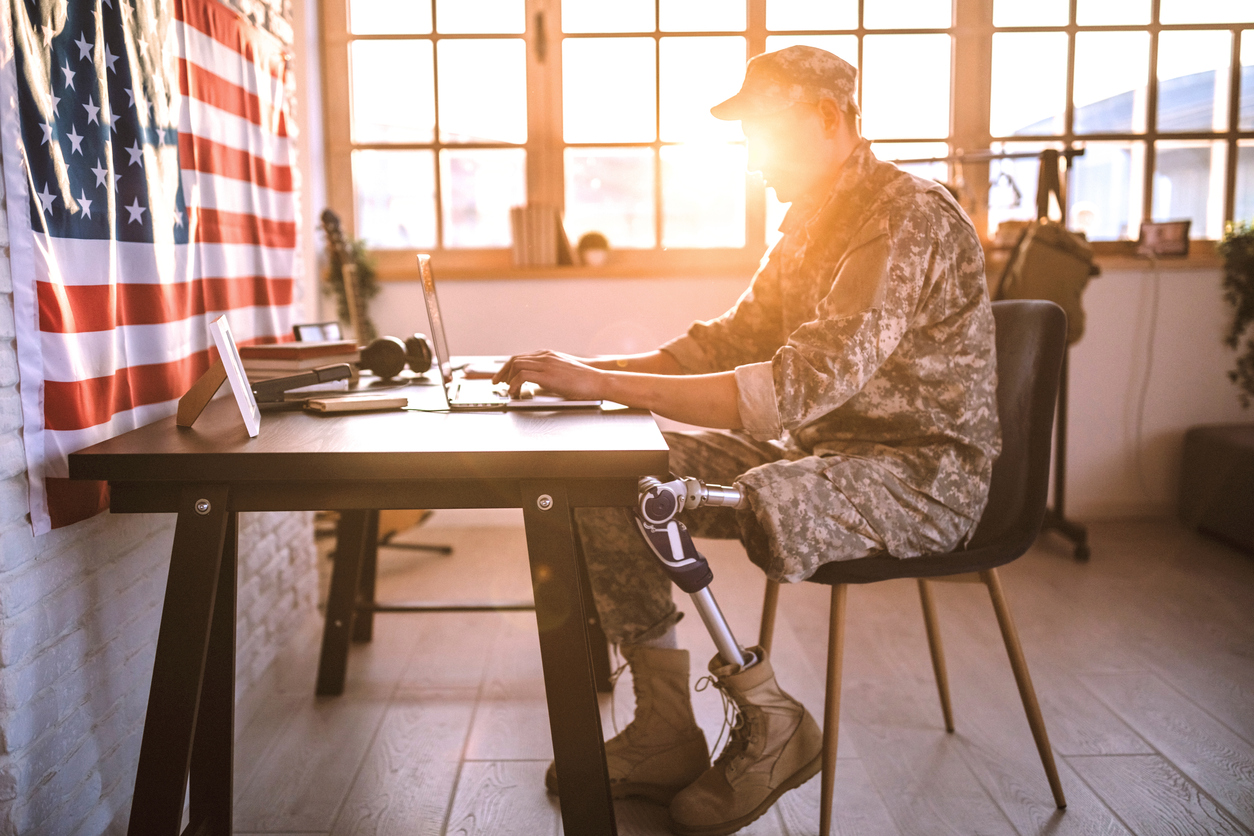Va Disability Hip Secondary To Back
back disability secondaryMany cases arise when a veteran has for example a lower leg or. If that happens the veteran is entitled to secondary service connection for those knee hip and back disabilities.
The VA awards disability compensation for each Hip and Thigh condition that is service-connected.

Va disability hip secondary to back. Here veterans must provide medical evidence linking their back pain to their already service-connected condition. Youll need sufficient medical records and probably a NEXUS letter to do this because if you are unsure the VA will be too. These secondary conditions can be service-connected due to diabetes.
After that an immediate VA medical examination will be scheduled to determine the current level of disability for the stroke. The hip is one of the most common joints with which veterans experience complications and for which they receive disability benefits. If the hip pain is due to osteoarthritis VA will assign a rating according to 38 CFR 471a Schedule of Ratings Musculoskeletal System Diagnostic Code 5003.
Im trying to find an MRI of my lower back that may include portions of my hips that will show the AVN but have not had much luck up to this point. Veterans can also be service-connected for back conditions that are not directly related to service. Bilateral hip condition Avascular Necrosis secondary to lower back and knee conditions in addition to steriod use.
Specifically it may warrant service connection on a secondary basis. 1110 permits a veteran to receive compensation for an alcohol abuse or drug abuse disability acquired as secondary to or as a symptom of a veterans service-connected disability although according to the Federal Circuit Court of Appeals it precludes compensation for secondary disabilities such as cirrhosis of. Hip and Thigh Overview.
The process of determining whether a veterans hip pain is caused by their DDD must involve an in-person evaluation with a health care provider along with a detailed back examination. For example many veterans have osteoarthritis in their hips. 2 evidence of a service-connected disability.
Which is to file VA Form 21-526EZ Application for Disability Compensation and Related Compensation Benefits. Secondary claims can be submitted using the same methods as filing a direct-service connected claim. In April 2018 it was determined by the Federal Circuit that the VA must award disability benefits for pain due to military service.
Or something to that effect. For Reservists the condition must have occurred in or resulted from an injury in the Line of Duty to qualify. However if you do not have evidence of your back pain and arthritis in service then you definitely need to establish them as secondary if the VA is going to consider them service-connected.
A secondary service-connected condition is one that resulted from a separate condition that is already service-connected. VA disability ratings for hip pain depend on the underlying cause and the severity of the pain itself. Lets start with the good news about getting VA disability for back problems.
A secondary service-connected disability is a disability that resulted from a condition that is already service connected. If a veterans service-connected pes planus causes an additional condition that new condition may be eligible for VA disability benefits. For secondary service connection to be granted generally there must be 1 medical evidence of a current disability.
Seeing as there are several structures in the lower back buttocks and hip that can cause hip pain it is important to rule out other contributing factors and causes. The DoD will also rate service-connected conditions as long as they also make the service member Unfit for Duty. Common secondary disabilities to be aware of include retinopathy or neuropathy caused by diabetes radiculopathy in the arms or legs caused by disabilities of the cervical or lumbar spine or erectile dysfunction which could be caused by a number of conditions including medications taken to treat service-connected disabilities.
Osteoarthritis of the Hips. Federal law 38 USC. And 3 medical nexus evidence establishing a connection between the service-connected disability and the current disability.
How to Submit a Secondary Claim. Previously pain without an underlying diagnosis was not awarded compensation meaning that many many veterans with a back disability were not awarded benefits.




